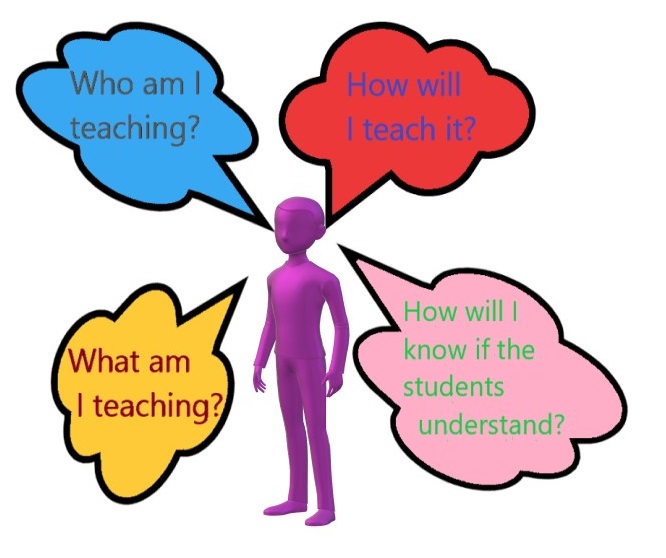
So You Want to Lesson Plan Pt.1
The best lesson plan is one that begins with the end in mind. You may have heard the buzzwords “backwards planning” or “backwards design.” So you may want to create the most epic lesson plan ever but you can’t reach that epic level (at least with purpose) until you have the assessment created.
So step 1 of creating an epic lesson:
Create your:
Let’s be clear: an assessment is not simply a packet of paper students agonize over for 50 minutes with a pencil. We are WAY beyond that! *Thank Jesus*
Think of assessment in two ways:
- Formative assessment – an individual low to no-risk series of questions or other demonstration that assesses the progress of the student in mastering material, concept, and/or skill.
- Summative assessment – an individual student demonstration of concept/skill completed during or by a specific time where said concept/skill is expected to have been mastered.
I know the name “summative assessment” can sound overwhelming. Like, “Wow, a summation of knowledge and skills! Sounds like a final exam!” Not quite. Not all summative assessments have to be looooooooong and drawn out, nor do you need to wait until the end of a quarter, semester, trimester, etc to give one. Think squares and rectangles: An end of term exam is a summative assessment, not all summative assessments are end of term exams.
Even so, this concept can come as a shock to even the most seasoned educator when asked to “give three summative assessments or more per term.” Say whaaaaat?! Yes. That is often an expectation in schools, per course, per teacher… 
The good news is the further we move away from the mentality of hulking packets as the only form of summative assessment, the better off we all will be!
So what makes a good summative assessment?
1) Start with the question: “What do I need my student to know and be able to do by the time I give them this assessment?”
Timing is everything. Most teachers, if not all, feel the pressure of “covering” so much material in very little time, without stopping to consider why. What is it for? What is that specific bit of information for? You’ll know you’re jaded if you said, “because the state requires it.” We all get frustrated but stick with me here. I promise it gets better.
2) Don’t overload just because you think that’s what “summative” means.
Making scrambled eggs is just as much of a summative assessment as an omelet. NOT EVERYTHING HAS TO BE A FREAKING FRITTATA! [And you can quote me on that].
3) Adequately and efficiently provides the opportunity to synthesize and apply the information learned and practiced in class.
Think of science labs. They were always the bomb.com because it was a symphony of application of the information you learned in class. Learning anything can be approached the same way.
So if all those things bring to mind a large packet and bubble sheets, you’re not being imaginative enough.
What can I do that’s an authentic measurement of learning but also doesn’t take me an epoch to grade? Whoa, slow your roll, champ! You need a solid answer to question 1) first. Tune in next Wednesday when I talk about different styles of authentic summative assessment.
Cheers!

Garlic Herb Rustic Mashed Potatoes
You May Also Like

Top 3 Thursday – “Defenders”
June 15, 2017
Top Three Thursday – Shows I Can’t Bribe My Hubby to Watch
September 29, 2016
